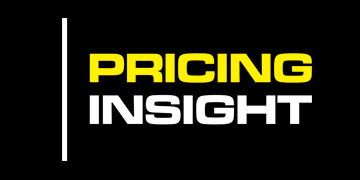“We benchmarked you, and you’re 30% too expensive compared to the market.
If you can reduce your price by 10 to 15%, we would consider retaining our contract with you. We will need an answer from you in the next 48 hours–otherwise we will be looking to another supplier to provide our requirements.
Essentially, we consider what you provide to be a commodity and we see no difference between your offer and the offer from the alternative supplier”.
For hundreds of companies, margins are being eroded as suppliers agree to flawed procurement demands. Price concessions of 5%, 10%, and upwards of 20% are being offered to companies that have employed aggressive procurement managers. Procurement managers have been incentivised to find invoice price savings, not to extract value over the term of the 2- , 3- or 5-year contract. The net result is daily margin leakage and earnings erosion.
However, the real costs of the flawed procurement process can be seen in the areas where procurement is often not measured–such as the cost of operations, cost of replacements or upgrades, and the cost of unplanned outages or unforeseen risks that drive up costs. These costs turn up in the SGA and lines of the Profit & Loss statement.
Procurement is rarely held accountable for these increased costs, and continues to claim savings based on invoice price alone. They don’t measure the other three prices associated with a purchase.
Invoice prices are often less than 50% of total costs associated with a purchase. The four prices to consider are:
- Invoice prices
- Operating prices
- Repair & replacement prices; and
- Risk prices (the price you may pay if there is a failure to supply goods or services, a failure of those goods or services, or a failure to provide technical support or innovation).
By “prices”, we mean costs to you over time. It is crucial to conduct your negotiations with all four price levels under consideration for the duration of the usable life of the purchase or service contract.
First-year savings are typically biased toward selecting the lowest invoice price only. However, it is crucial to evaluate the total cost of ownership over the usable lifetime (or contract term) to obtain a clear picture of value.
For your next price negotiation, work through all four elements of “price” (your customer’s costs). Ensure that a minimum 2- or 3-year view is taken when your customer challenges your invoice price or makes an unfavourable comparison to an alternative supplier.
Pricing & Negotiation Strategy
To undertake professional development of your team, download our brochure now–and then make a booking via the Pricing Insight website to discuss your specific commercial requirements.
For the past 10 years Pricing Insight has worked with a range of Australia’s leading building materials companies to develop effective pricing and negotiation strategies that drive revenue and margin expansion.
These companies include: Adelaide Brighton, Carter Holt Harvey, Capral Aluminium, GWA Doors and Locks, ITW, Liberty OneSteel and Nover Building Products.
We use a unique range of techniques to identify and generate margins and earnings growth–all based on years of real-world commercial experience.
Click here to download the whitepaper.






